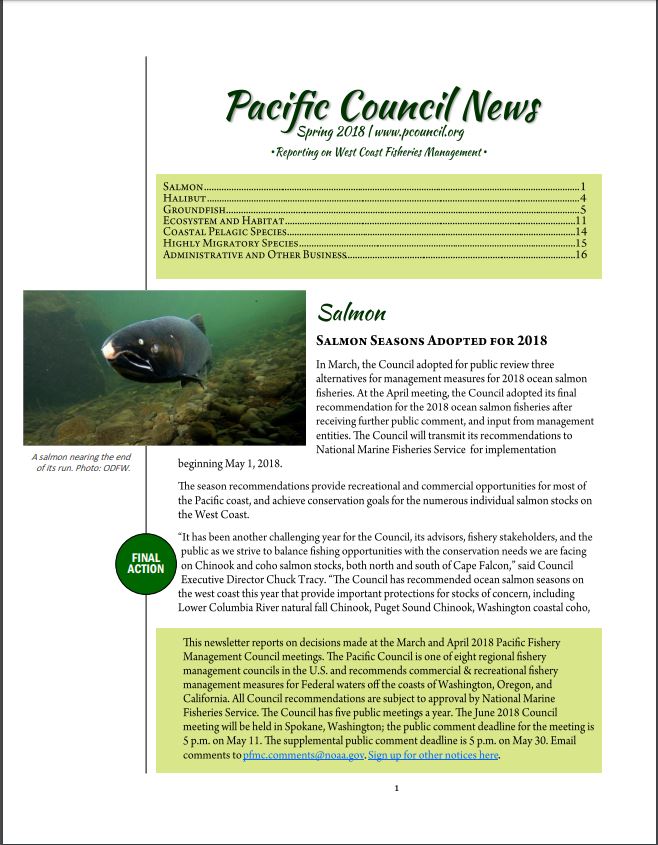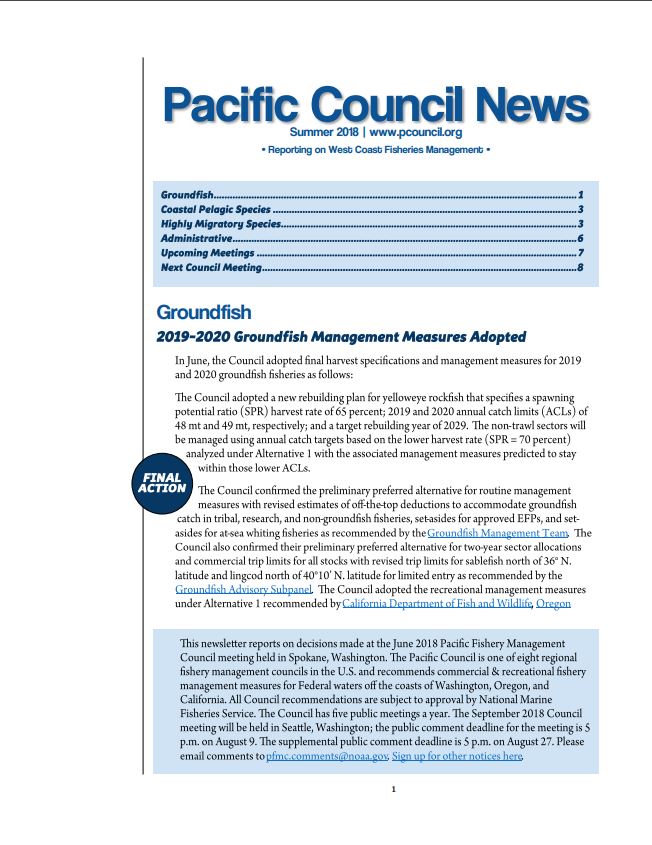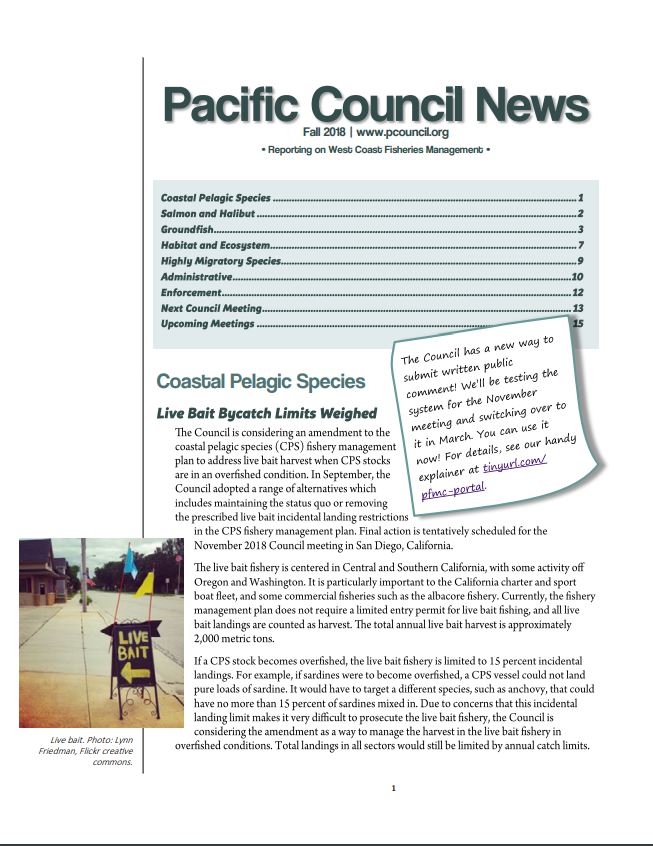Ingredients
- 1 lb skin-on salmon fillet, cut ito 4 portions
- 1 1/2 tablespoons chopped lemongrass
- 1 1/2 teaspoons packed light brown sugar
- Scant 1/4 tablespoon salt
- 2 tablespoon chopped shallot
- 1 1/2 teaspoons fish sauce
- 1/2 teaspoon Madras-style curry powder, such as Sun Brand
- 1 tablespoon oil
Directions
Run your finger along the flesh side of the salmon filet to check for any bones. Remove them with tweezers. Set aside.
Position a rack 5 to 6 inches from the broiler element and set the oven to broil. Let it heat up for 20 minutes. Meanwhile, in a food processor or blender, grind the lemongrass, brown sugar, and salt to a minced texture. Add the shallot, fish sauce, curry powder, and oil. Run the machine, pausing to scrape down the sides, to arrive at a coarse paste. Taste it and adjust the flavors to create a heady paste that’s a little saltier than you’re comfortable with.
Coat both sides of the salmon filets with the paste, cover, and refrigerate for at least 2 hours or as much as 4 hours. Remove from the refrigerator 30 minutes before cooking.
Cover a baking sheet with aluminum foil. Drizzle a little oil on both sides of the salmon filets and position them skin side up. (Or oil the foil.) Broil for 3 minutes, until there is evidence of slight charring on the skin. Use a spatula to flip the filets over and then broil the flesh side up for 2 minutes. Now flip it again so that the skin is up. Broil for 30 to 60 seconds more to crisp the skin. Watch the fish carefully, lest the skin blacken too much. Transfer to a serving plate and enjoy with lots of rice.
Adapted from VietWorldKitchen.com



